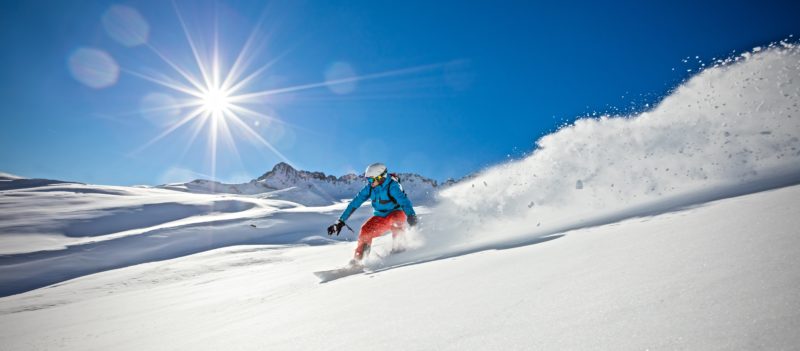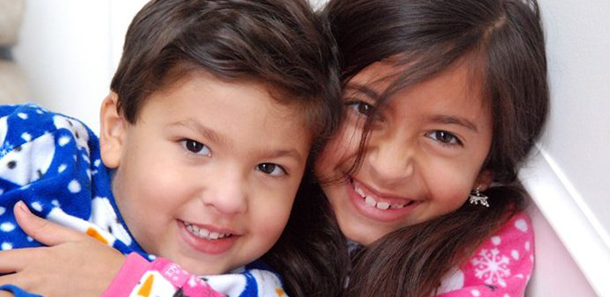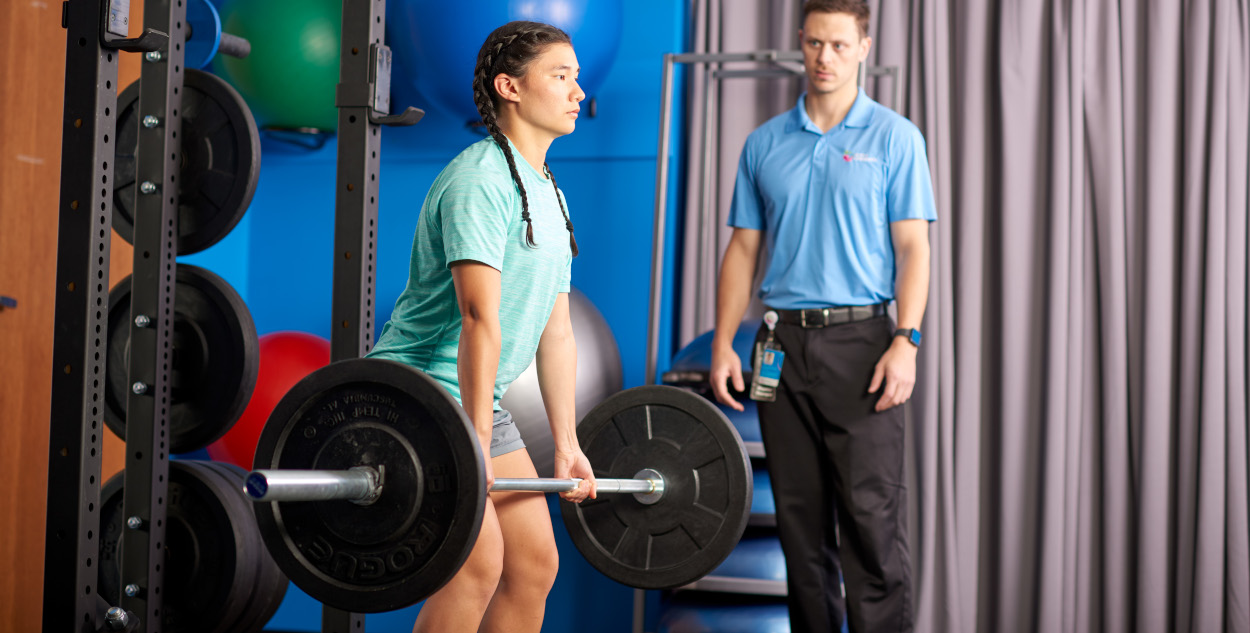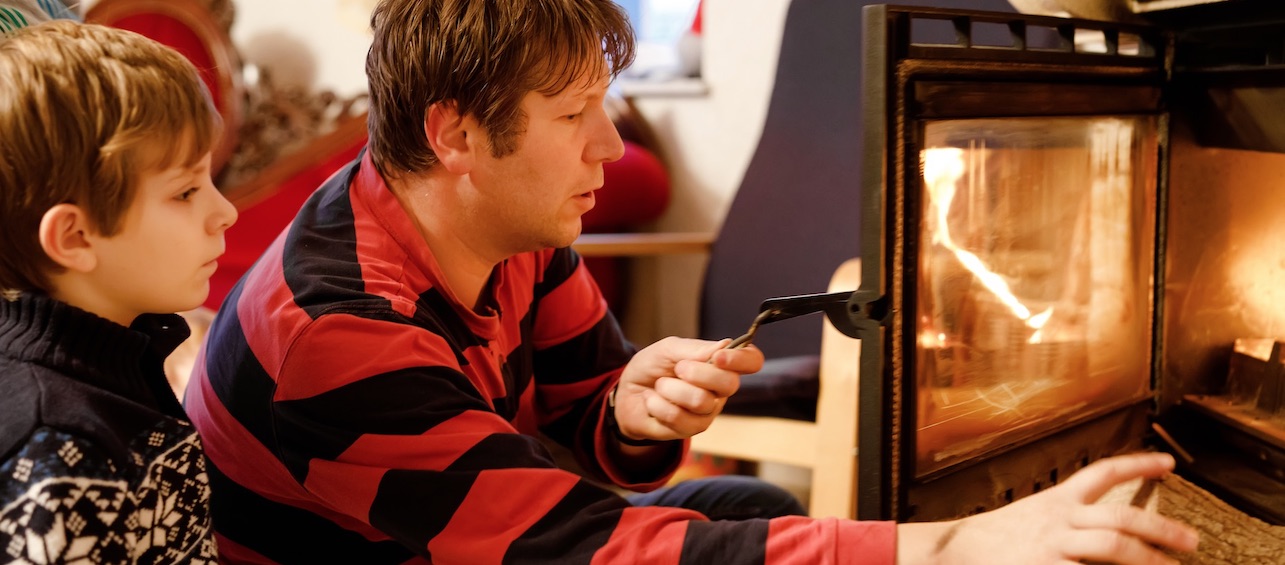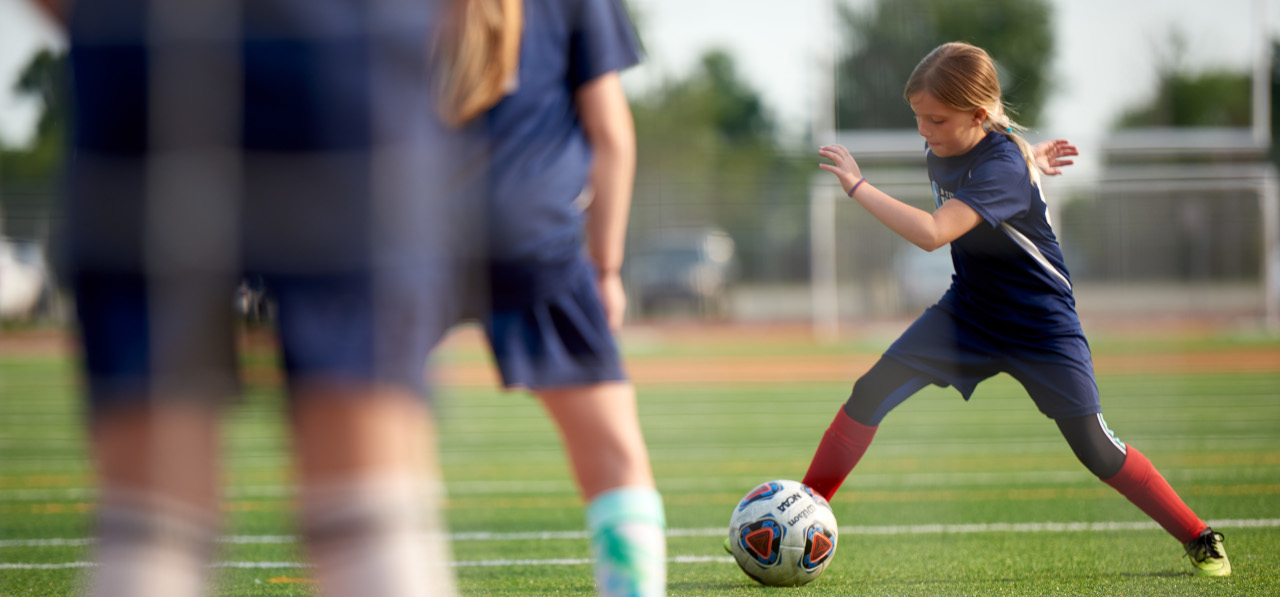It’s the time of year when playing outside means playing in the snow for kids in much of the country. Whether it’s skiing, snowboarding, or sledding, there are several things you can do to ensure your child stays safe and healthy this winter sports season.
Skiing and Snowboarding
The first thing you can do to help prevent injuries in both skiing and snowboarding is to check your child’s equipment to make sure it’s working properly. This is especially important if you are just dusting it off for the season.
The most common part of the body injured while skiing is the knee, specifically a torn ACL, which can happen when someone falls but their skies don’t separate from the bindings correctly. If that happens stress is put on the knee which can cause an ACL injury or other ligament damage. About 35 percent of all ski injuries involve the ACL and recovery from a tear takes between six and nine months.
For snowboarders, a fractured or broken wrist is the injury we see most often. These happen when a child puts his or her arms out to brace for a fall and the weight of the impact is too much for the bone to handle.
There is no doubt that a new snowboarder will fall, but it’s important to know the proper way to fall. I recommend at least a few lessons for new snowboarders or skier’s so that they can learn the proper mechanics and way to fall to hopefully avoid serious injury.
Wear a Helmet
As is the case with many outdoor activities it is imperative that your child has the proper helmet. For winter sports it’s critical that you buy a helmet designed for skiing and snowboarding and not one for something like riding a bike. Ski and snowboard helmets provide more coverage for the head than bike helmets and are designed for colder weather.
Wearing a helmet won’t protect your child from a concussion, but it will help to prevent more serious head injuries like skull fractures and brain bleeding.
Know the Run
As a parent you should make sure your child is skilled enough for the run they choose to ride. Many of the ski and snowboard injuries we see are caused by children being out of control and going too fast down a hill they had no business being on.
One way to avoid a child going down a slope that is too advanced is to make sure your child is skiing or snowboarding with an experienced partner who has a good understanding of your child’s skill level. You should never let your child ski or snowboard alone for this reason and the fact that you want someone to be with them if they do have an accident and need help.
Sledding
Like skiing and snowboarding, sledding poses an injury risk if your child isn’t prepared.
Here are four tips for safe sledding:
- Use a designated sledding hill not near a street, parking lot or pond
- Avoid sledding face first or on the stomach
- Use sleds with runners and a steering mechanism
- Children under the age of 12 should always wear a ski or snowboard helmet and never sled alone or without adult supervision
Concussions
No matter what the outdoor activity, a child could suffer an impact that causes a concussion. It’s important that you as a parent know what to look for to make sure your child is treated if he or she does suffer a concussion while playing outside.
You, as a parent, will likely be the first to know if your child has a concussion because one of symptoms is a child who is simply not acting like themselves. Concussions can be hard to diagnose because there is no one symptom you can look for.
The most common symptoms are:
- Headache
- Dizziness
- Upset stomach
- Vomiting
- Trouble sleeping
- Fatigue
If you notice any of these after a child falls or hits his or her head, it’s important to make a trip to the pediatrician to be checked.
Hydration
The newer a child is to winter sports the more important it is that they take frequent breaks from activity. Winter sports take a toll on the body and can cause a child to be dehydrated if they’re not taking a break from the ski lift to drink water, especially if done at higher elevation.
Sunscreen
If you’re taking a family trip to a mountainous area at a high elevation or even staying closer to home on a sunny day, it’s very important that you make sure everyone is protected from the sun. In cold weather it’s not something that is top-of-mind, but the ultraviolet rays are not only coming from the sun, but also from the reflection of the snow.
Frostbite
Winter weather is often unpredictable which means you should always dress your child in several layers if they’re going to be outside for an extended period of time. The first layer should be made of a material that keeps moisture away from the skin, like thermal underwear. The top layer should be made of a material that blocks the wind and is waterproof to prevent moisture from getting to the skin.
Even with the proper attire it’s important to check your children often for visible signs of frostbite such as white or numb skin on their hands and face.
For more information, contact our Comprehensive Children’s Injury Center at 513-636-7865.

